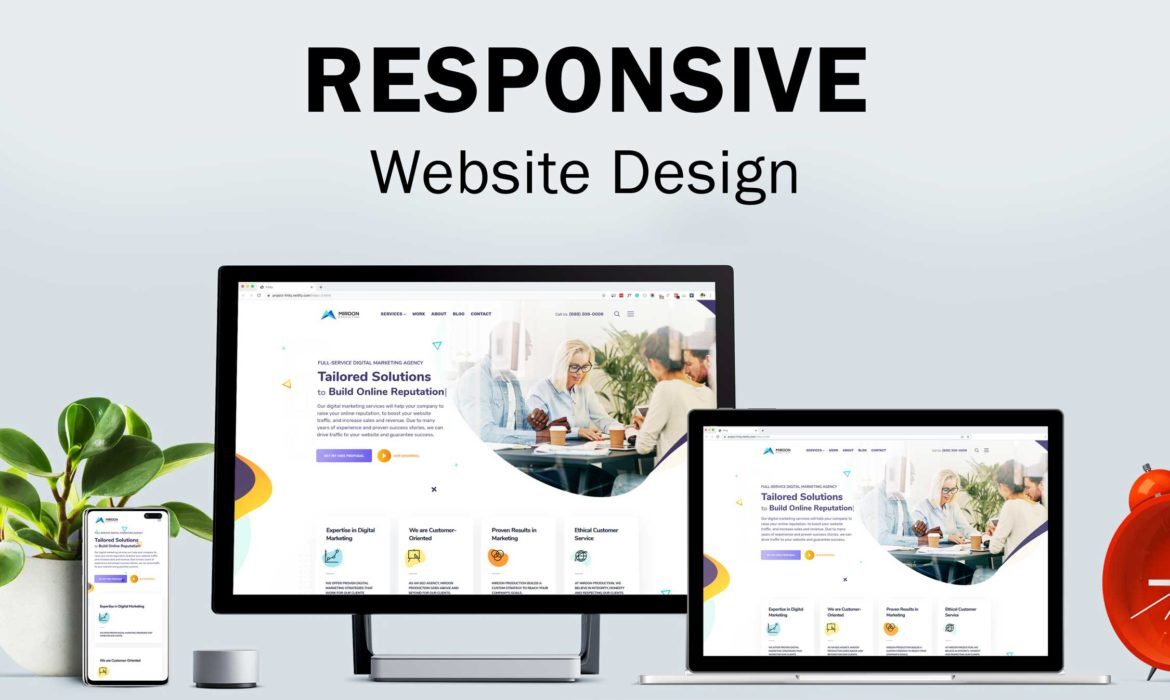Implement Strong Password Policies
Strong password policies are an important part of any organization’s security measures. A strong password policy is designed to ensure that users create and maintain secure passwords that are difficult to guess or crack. This helps protect the organization’s data from unauthorized access.
A strong password policy should include the following elements:
- Require users to create passwords that are at least 8 characters in length and include a mix of upper and lowercase letters, numbers, and symbols.
- Require users to change their passwords regularly, such as every 90 days.
- Prohibit users from using the same password for multiple accounts.
- Prohibit users from using easily guessed passwords, such as their name or birthdate.
- Prohibit users from writing down their passwords or sharing them with others.
- Require users to use a password manager to store their passwords securely.
- Require users to use two-factor authentication when possible.
- Require users to use a secure connection when accessing the organization’s network.
- Require users to use a secure connection when accessing the organization’s websites.
- Require users to use a secure connection when accessing the organization’s applications.
- Monitor user accounts for suspicious activity and take appropriate action if any is detected.
- Provide users with training on how to create and maintain secure passwords.
Utilize Secure SSL Certificates
Secure SSL Certificates are an essential part of website security. They are digital certificates that enable secure connections between a web server and a browser, ensuring that all data transmitted between the two is encrypted and secure.
Secure SSL Certificates are issued by Certificate Authorities (CAs) and are used to authenticate the identity of a website. The certificate contains information about the website, such as the domain name, the company name, and the public key used to encrypt data.
When a user visits a website that has an SSL Certificate, their browser will check the certificate to make sure it is valid and trusted. If the certificate is valid, the browser will establish a secure connection with the website, allowing the user to access the site without any risk of their data being intercepted.
Secure SSL Certificates are essential for any website that collects user data, such as credit card numbers, passwords, or other sensitive information. By using an SSL Certificate, websites can ensure that all data transmitted between the server and the browser is encrypted, making it virtually impossible for hackers to access the data.
Secure SSL Certificates also help to build trust with users. When a website has an SSL Certificate, users can be sure that the website is legitimate and that their data is safe. This helps to increase user confidence and can lead to increased conversions and sales.
Secure SSL Certificates are an essential part of website security and should be used by all websites.

Monitor Your Website for Vulnerabilities
Monitoring your website for vulnerabilities is an essential part of maintaining a secure online presence. Vulnerabilities are weaknesses in a website’s security that can be exploited by hackers to gain access to sensitive data or cause other damage. By monitoring your website for vulnerabilities, you can identify and address any security issues before they become a problem.
The first step in monitoring your website for vulnerabilities is to perform a vulnerability assessment. This involves scanning your website and any associated systems for any potential security flaws. This can be done manually or with automated tools. Manual scans involve manually reviewing the code and configuration of your website and systems to identify any potential security issues. Automated scans use software to scan your website and systems for known vulnerabilities.
Once you have identified any potential vulnerabilities, you should take steps to address them. This may involve patching or updating software, changing configuration settings, or implementing additional security measures. It is important to keep your website and systems up to date with the latest security patches and updates to ensure that any new vulnerabilities are addressed as soon as possible.
You should also regularly monitor your website for any suspicious activity. This can be done by monitoring your website’s logs for any unusual activity, such as failed login attempts or suspicious requests. If you notice any suspicious activity, you should investigate it further and take appropriate action.
Finally, it is important to stay informed about the latest security threats and vulnerabilities. You can do this by subscribing to security blogs, forums or news websites.
Utilize Firewalls and Other Security Measures
Firewalls and other security measures are essential components of any organization’s network security strategy. A firewall is a network security device that monitors incoming and outgoing network traffic and allows or denies access based on a set of rules. Firewalls can be hardware, software, or a combination of both, and they are used to protect a network from malicious attacks, unauthorized access, and other threats.
Firewalls can be used to protect both internal and external networks. Internal firewalls are used to protect an organization’s internal network from external threats, while external firewalls are used to protect an organization’s external network from internal threats. Firewalls can also be used to restrict access to certain applications or services or to limit access to certain types of data.
In addition to firewalls, organizations can also use other security measures to protect their networks. These measures include authentication and authorization systems, antivirus and anti-malware software, intrusion detection and prevention systems, and encryption technologies. Authentication and authorization systems are used to verify the identity of users and to control their access to network resources. Antivirus and anti-malware software are used to detect and remove malicious software from a network. Intrusion detection and prevention systems are used to detect and prevent unauthorized access to a network. Finally, encryption technologies are used to protect data from unauthorized access or modification. Organizations should use a combination of these security measures to ensure that their networks are secure.
Regularly Update Your Website and Plugins
Regularly updating your website and plugins is essential for keeping your website secure and running smoothly. Updates provide important security patches, bug fixes, and new features that can help improve the performance of your website.
When a website or plugin is not updated, it can become vulnerable to security threats and bugs. Hackers can exploit outdated software and gain access to sensitive information, such as customer data or payment information. Additionally, outdated plugins can cause conflicts with other plugins or themes, leading to errors and slow loading times.
It is important to keep your website and plugins up to date to ensure that your website is secure and running optimally. WordPress, for example, releases updates regularly to address security vulnerabilities and add new features. It is important to install these updates as soon as they are available.
Plugins also need to be updated regularly. WordPress plugins are constantly being improved and updated to address security vulnerabilities and add new features. It is important to check for updates regularly and install them as soon as they are available.
In addition to updating your website and plugins, it is also important to keep your hosting environment up to date. Your hosting provider should be running the latest version of PHP and MySQL, as well as any other software that your website depends on.
Regularly updating your website and plugins is essential for keeping your website secure and running optimally. It is important to install updates as soon as they are available and to keep your hosting environment up to date
Securing your website is essential to protect your customers, your brand, and your business. By following the best practices outlined in this article, you can ensure that your website is as secure as possible. These practices include using strong passwords, implementing two-factor authentication, keeping your software up-to-date, and using a web application firewall. Additionally, you should monitor your website regularly for any suspicious activity and take steps to protect your website from any potential threats. By taking the time to properly secure your website, you can ensure that your customers, your brand, and your business are safe.









